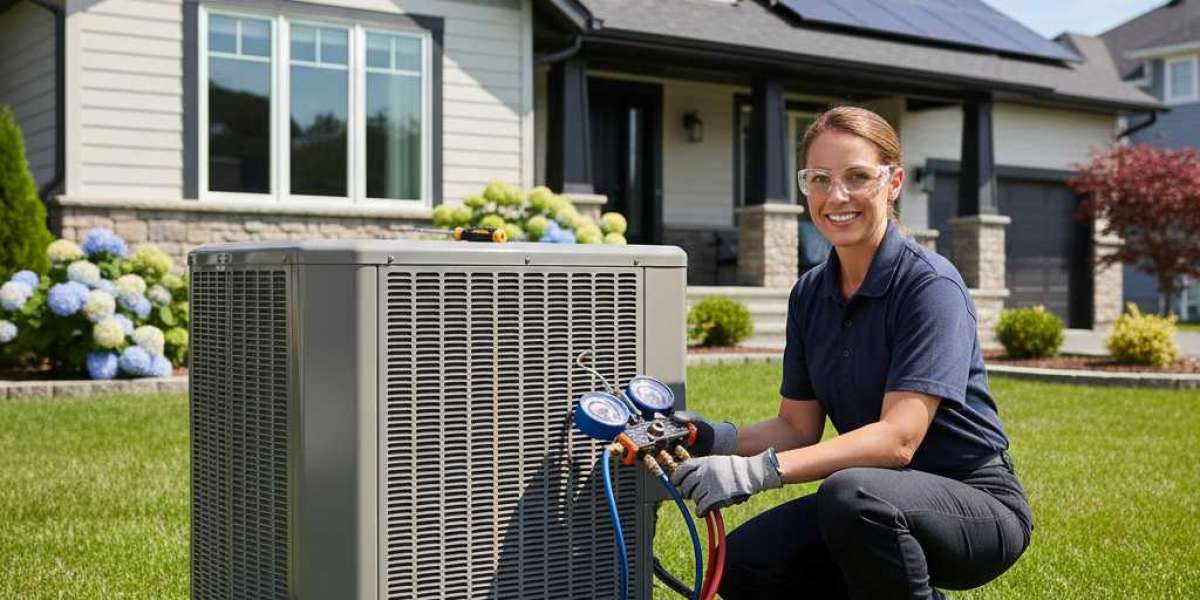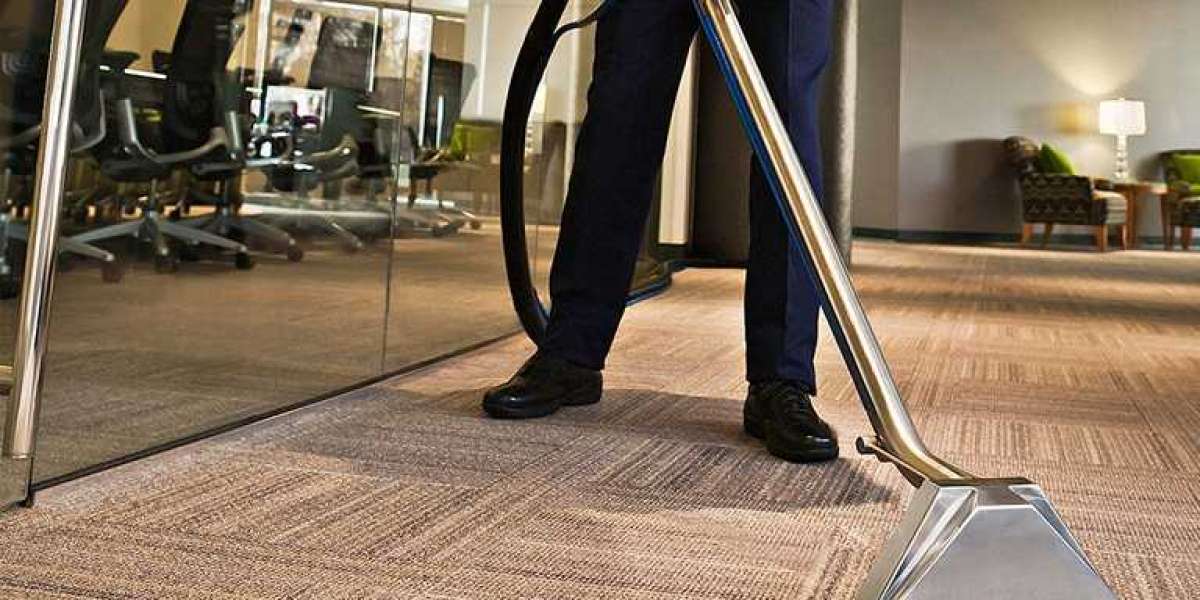Air conditioning is no longer a luxury—it’s a necessity in most homes. Summers are becoming hotter and more humid, and homeowners rely heavily on their AC systems to maintain comfort. Yet, despite this reliance, many people adopt a reactive approach to HVAC care, waiting until something breaks before calling in a professional. The common belief of “If it isn’t broken, don’t fix it” can be an expensive mistake.
Seasonal preventive maintenance changes the game. By addressing issues before they escalate, preventive tune-ups not only extend the lifespan of your air conditioner but also save money on repairs and energy costs. More importantly, they help ensure that your system delivers consistent comfort when you need it most.
In this article, we’ll explore the concept of preventive maintenance, the benefits of seasonal tune-ups, the risks of skipping them, and why investing in regular service is one of the smartest financial and comfort decisions homeowners can make.
What is Preventive HVAC Maintenance?
Preventive maintenance is proactive care designed to reduce wear, avoid breakdowns, and maximize system efficiency. Instead of waiting for problems to surface, technicians carry out seasonal inspections, cleaning, and adjustments that keep your AC running at its best.
A seasonal AC tune-up generally includes:
Inspection of the air filter and replacement if necessary.
Cleaning of coils, condensate lines, and drain pans.
Measurement of refrigerant levels and testing for leaks.
Calibration of thermostats for accurate performance.
Checking airflow through ducts and vents.
Inspection of electrical wiring, fuses, and safety systems.
Testing the compressor and blower motor.
This approach is similar to routine medical check-ups. Just as you wouldn’t wait until you’re seriously ill to see a doctor, you shouldn’t wait until your AC system fails before giving it proper care.
Why Homeowners Skip Maintenance (and Why It’s a Mistake)
Many homeowners delay or skip maintenance because of cost or convenience. On the surface, saving $100–$200 on a tune-up may seem logical. But this short-term thinking often results in:
Higher energy bills from inefficient systems.
More frequent breakdowns requiring costly emergency repairs.
Reduced system lifespan, forcing early replacement.
Skipping preventive care is like refusing to change your car’s oil—it may not cause an issue immediately, but the long-term damage is inevitable.
Common AC Problems That Preventive Maintenance Prevents
Air conditioning systems face a variety of challenges, especially during peak summer months. Preventive tune-ups identify and resolve issues early, preventing bigger failures.
1. Dirty or Clogged Filters
Air filters trap dust, pollen, and allergens. Over time, they clog, reducing airflow and forcing the system to work harder. This leads to higher energy use and poor air quality.
2. Refrigerant Leaks
Low refrigerant reduces cooling performance and can damage the compressor—the most expensive AC component.
3. Electrical Failures
Loose wires, failing capacitors, or worn contactors can stop your AC in its tracks. Preventive checks catch these problems before they cause outages.
4. Dirty Coils
Evaporator and condenser coils gather dust and dirt, reducing heat transfer efficiency. This forces the AC to run longer, increasing wear and costs.
5. Clogged Condensate Drains
Blocked drains cause water leaks, mold growth, and even damage to walls and flooring.
Without maintenance, these “minor” issues can spiral into major expenses.
Benefits of Seasonal AC Tune-Ups
1. Improved Energy Efficiency
A well-maintained AC uses 15–30% less energy than a neglected one. Clean coils, proper refrigerant levels, and unclogged filters all help your system run efficiently.
2. Lower Repair Costs
Minor adjustments—like tightening wires or topping refrigerant—cost little compared to replacing a burnt-out compressor. Maintenance ensures you spend less on emergency repairs.
3. Extended Lifespan
On average, AC units last 10–15 years. With proper maintenance, many can run efficiently for 20 years or more. Skipping maintenance could cut that lifespan in half.
4. Enhanced Comfort
Preventive care ensures even cooling across rooms, balanced humidity, and better airflow, eliminating hot spots and sticky air.
5. Healthier Indoor Air
Filters and coils trap allergens and contaminants. Without cleaning, your AC may circulate dust, mold, or bacteria. Tune-ups protect your family’s health.
6. Peace of Mind
Nothing is worse than an AC breaking down during a heatwave. Seasonal tune-ups reduce the chance of sudden breakdowns, giving you comfort you can rely on.
The Financial Impact: Cost vs. Savings
Some homeowners hesitate to spend money on maintenance. But the numbers prove it’s a wise investment.
Annual tune-up cost: $100–$200
Emergency repair cost: $400–$1,200
New AC system cost: $5,000–$10,000
Example: A homeowner pays $150 per year for maintenance. By improving efficiency, they save $20 per month on energy ($240 annually). Add in avoided repairs, and the tune-up often pays for itself 3–4 times over.
Seasonal Maintenance Checklist
Spring/Summer Maintenance
Replace or clean air filters.
Test refrigerant levels and check for leaks.
Clean evaporator and condenser coils.
Inspect ductwork for leaks or clogs.
Calibrate thermostat and test sensors.
Check electrical connections.
Fall/Winter Maintenance
Inspect furnace or heat pump.
Clean burners and heat exchangers.
Test safety switches and gas valves.
Monitor humidity levels.
Inspect duct insulation.
DIY tasks like filter replacement are easy, but refrigerant testing or electrical inspections should be handled by professionals.
Why Professional HVAC Technicians Matter
While homeowners can handle simple tasks, professional technicians bring expertise and tools that ensure thorough maintenance.
Specialized equipment to test refrigerant and electrical systems.
Trained eye to spot early warning signs.
Compliance with manufacturer warranties.
Improved safety during inspections.
Hiring a professional is not just about convenience—it’s about protecting your investment.
Smart Technology in Preventive Maintenance
Technology is revolutionizing HVAC care.
Smart thermostats track energy use and send alerts when maintenance is due.
IoT sensors monitor airflow, temperature, and humidity in real time.
Predictive maintenance tools use data to forecast problems before they happen.
Remote diagnostics let technicians troubleshoot without a house visit.
These innovations not only reduce maintenance costs but also enhance system reliability.
QA Section
Q1: How often should I schedule AC maintenance?
At least once a year—ideally before the cooling season begins. Homes with heavy use may need biannual checkups.
Q2: Is preventive maintenance really worth it?
Yes. It reduces energy costs, prevents breakdowns, and extends system lifespan.
Q3: What’s included in a typical tune-up?
Filter replacement, coil cleaning, refrigerant checks, thermostat calibration, and safety inspections.
Q4: Can I handle AC maintenance myself?
You can replace filters and clear debris. However, refrigerant checks and electrical inspections require a professional.
Q5: How does maintenance lower energy bills?
By keeping components clean and calibrated, your AC doesn’t have to work as hard, cutting energy use.
Q6: Does maintenance extend the life of my AC?
Yes—well-maintained systems can last 5–10 years longer than neglected ones.
Q7: Will maintenance improve indoor air quality?
Absolutely. Clean filters, ducts, and coils mean fewer allergens and pollutants circulating in your home.
Q8: Should I invest in a maintenance plan?
Yes, maintenance plans ensure you never miss seasonal care and usually offer discounted rates.
Conclusion
Preventive maintenance is one of the most cost-effective strategies homeowners can adopt. Seasonal tune-ups improve energy efficiency, reduce the risk of sudden breakdowns, extend the lifespan of your AC system, and enhance indoor air quality.
By investing in regular professional care, you’re not just saving money—you’re ensuring comfort, health, and peace of mind. Instead of reacting to problems after they occur, take control of your system’s future with preventive maintenance.







